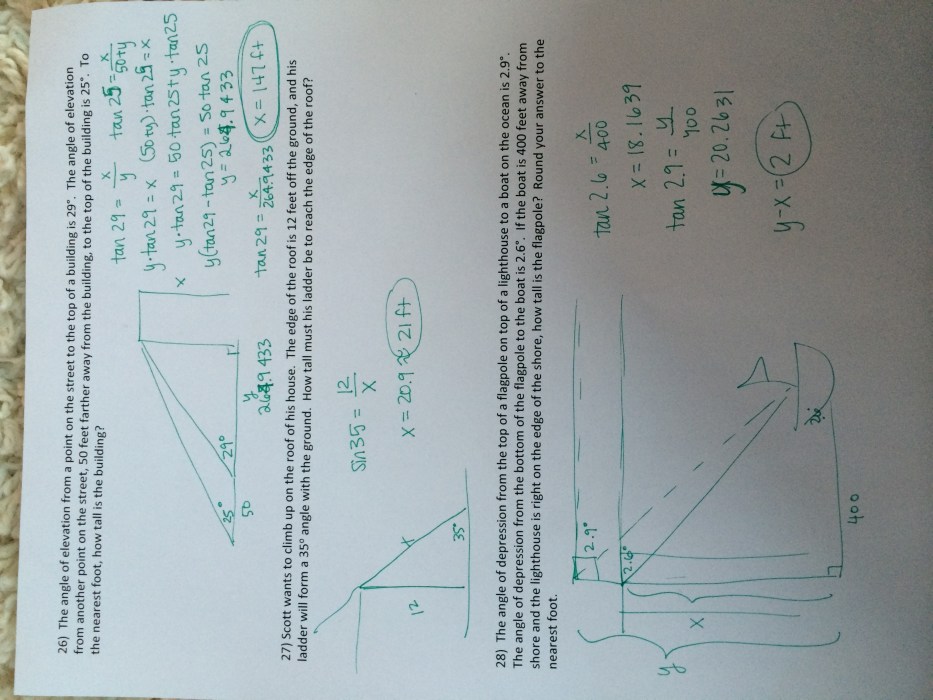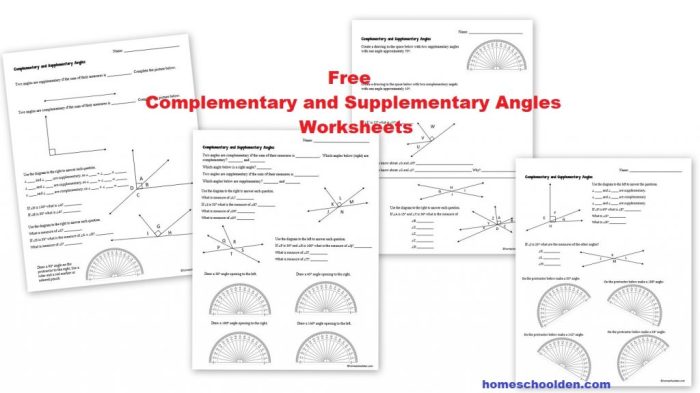As “Practice a Lesson 1.3 Geometry Answers” takes center stage, this opening passage beckons readers into a world of geometric exploration, where angles, triangles, and quadrilaterals unravel their secrets. Embark on a journey of discovery as we delve into the intricacies of geometry, bridging the gap between abstract concepts and their tangible applications in the real world.
This comprehensive guide provides a structured approach to mastering Lesson 1.3 geometry concepts, empowering you with a solid foundation in this fundamental subject. Engage in a series of practice problems, each meticulously solved to illuminate the underlying principles and formulas.
Interactive exercises and visually appealing illustrations further enhance your learning experience, making geometry not just comprehensible but captivating.
Lesson 1.3: Geometry Concepts

Lesson 1.3 of geometry introduces fundamental concepts that form the basis for understanding geometric shapes and their properties. These concepts include angles, triangles, and quadrilaterals, which are essential for solving geometry problems and have practical applications in various fields.
Angles
Angles are formed by two intersecting lines or rays. They are measured in degrees, with a full circle measuring 360 degrees. Angles are classified into three main types: acute angles (less than 90 degrees), right angles (exactly 90 degrees), and obtuse angles (greater than 90 degrees).
Angles play a crucial role in geometry, as they determine the shape and properties of polygons. For example, the sum of the interior angles of a triangle is always 180 degrees, while the sum of the exterior angles is always 360 degrees.
Triangles
Triangles are three-sided polygons. They are classified based on the length of their sides (scalene, isosceles, or equilateral) and the measure of their angles (acute, right, or obtuse).
Triangles have numerous properties, including the Pythagorean theorem, which relates the lengths of the sides of a right triangle. Triangles are used in various applications, such as architecture, engineering, and navigation.
Quadrilaterals, Practice a lesson 1.3 geometry answers
Quadrilaterals are four-sided polygons. They are classified into different types based on the shape of their sides and angles, such as squares, rectangles, parallelograms, and trapezoids.
Quadrilaterals have specific properties, such as the sum of the interior angles being 360 degrees and the opposite sides being parallel. Quadrilaterals are used in various applications, including construction, design, and manufacturing.
Real-World Applications
Geometry concepts have numerous real-world applications, including:
- Architecture: Designing buildings and structures
- Engineering: Designing bridges, machines, and other structures
- Navigation: Determining the location and direction of objects
- Art and design: Creating patterns, shapes, and images
- Measurement and surveying: Determining distances, areas, and volumes
Popular Questions: Practice A Lesson 1.3 Geometry Answers
What is the significance of Lesson 1.3 in geometry?
Lesson 1.3 introduces foundational concepts such as angles, triangles, and quadrilaterals, laying the groundwork for more advanced geometric principles.
How can I effectively practice the problems in Lesson 1.3?
Engage in active problem-solving, utilizing the step-by-step solutions provided to grasp the underlying logic and formulas. Supplement your practice with interactive exercises for a more immersive learning experience.
What are the benefits of using visual aids in geometry?
Visual aids, such as diagrams and illustrations, enhance comprehension by translating abstract concepts into concrete representations, making geometry more accessible and intuitive.
